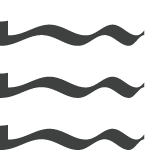A Curious Halo
Cécile Guédon
Let our rejoicing rise, high as the listening skies
Let it resound loud as the rolling sea
Sing a song full of faith that the dark past has taught us,
Sing a song full of the hope that the present has brought us
“Lift Every Voice and Sing” (1900)
Let it resound loud as the rolling sea
Sing a song full of faith that the dark past has taught us,
Sing a song full of the hope that the present has brought us
“Lift Every Voice and Sing” (1900)

"The Hidden People." Hilda, season 1, episode 1, Silvergate Media and Mercury Filmworks, Netflix, 21 Sept. 2018 (created by Luke Pearson).
This post envisages the Covid-19 portal as an auspicious, if syncopated, transition. Harlem Renaissance writer James Weldon Johnson typifies this beaming opening as a political act of faith in troubled times; he thus places traumatic occurrences such as natural disasters in suspension between fateful memory and luminous resilience. Representing catastrophe—as a one-time event, or a visible mark that endures in time and space—can be paradigmatically understood as a dynamic, unsettled phenomenon that expands beyond its geographical epicenter and its temporal boundaries: any cataclysm reverberates, in form and content, much in the manner of a water drop rippling in concentric circles.
English poet George Manley Hopkins
immediately reacted
to the Krakatoa eruption (1883, Indonesia) by sending out letters to the journal Nature; his observation prose blends meteorological data with a poetic appreciation of the striking colors offered by this catastrophic landscape: “A Curious Halo.” In this light, our podcast proposes we should investigate the various modalities of discourse around natural disasters across centuries, in connection with the development of the natural sciences, news report, and information technology. The scope of “Curious Halo” is to examine the various scales of disasters, with their ever increasingly global ripples, together with the expanding and contracting temporalities of apocalypse.
Cécile Guédon is an Assistant Professor of French and Francophone Studies and European Languages, and Transcultural Studies at UCLA. Her first monograph: Abstraction in Motion: A Choreographic Approach to Modernism is in preparation; in addition, she is currently working on a second project dealing with improvisation and embodiment in the 1940s.

